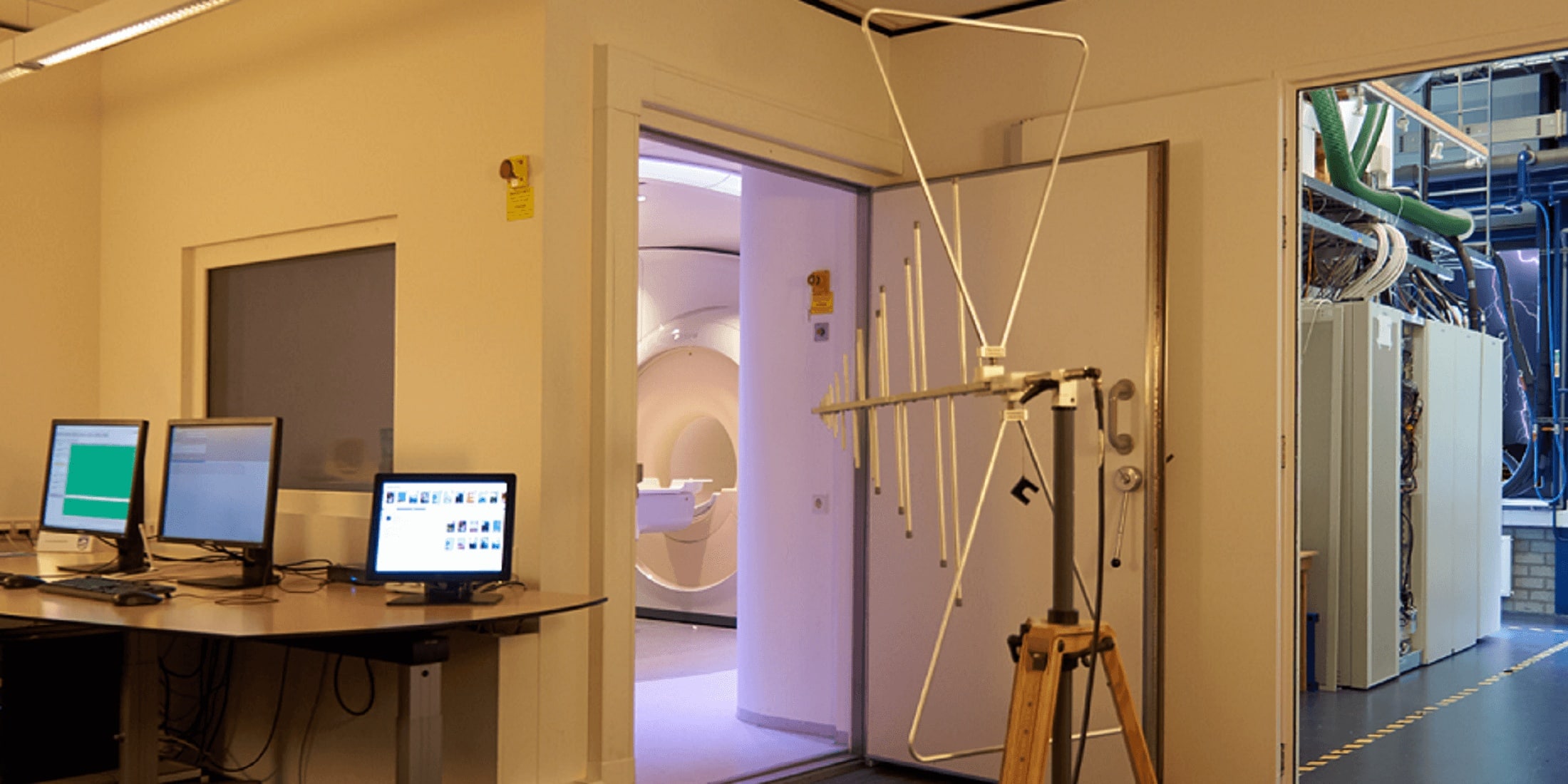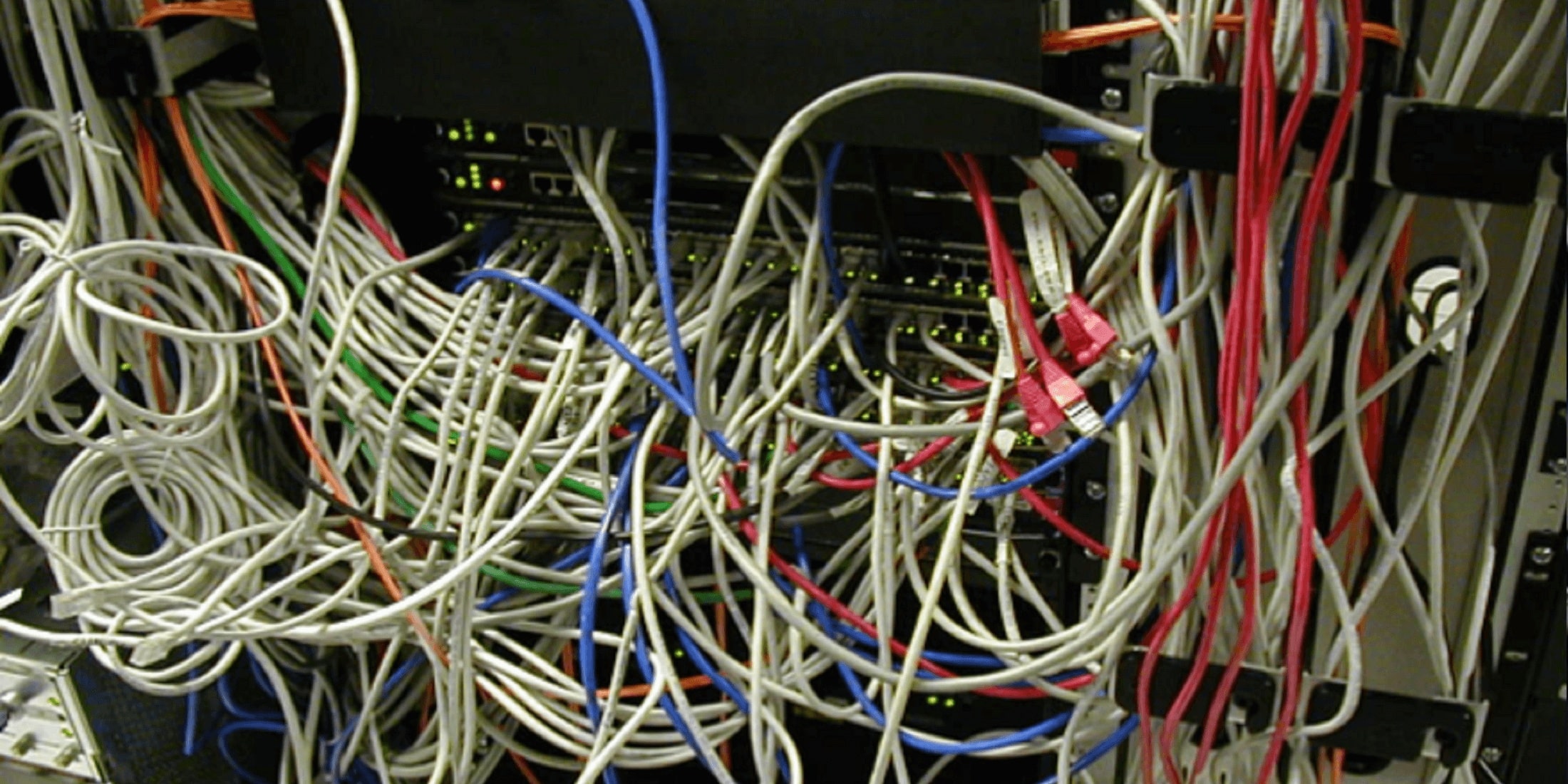Lectures, exercises, workshop. Course material: course notes, book.
Introductory course on electromagnetic emission and susceptibility in products and systems: problems, analysis methods, measures. The issues addressed evolved and now cover a larger frequency range from DC upto the 6 GHz level discussing new problems and matching solutions. The participants can use their own products as test vehicles during the workshop.
Electromagnetic compatibility (EMC) has been defined as ‘the ability of a device, equipment or system to function satisfactorily in its electromagnetic environment without introducing intolerable disturbances to anything in that environment’. Not meeting the EMC requirements of the legislator or a specific customer can be very costly. This is illustrated by the case of extra air shipment costs that had to be made to meet a deadline despite unexpected EMC problems amounted up to US$ 60 per (consumer) product. A very good example of a well-designed product that includes EMC measures from the initial design phases is the large screen flat-panel TV. By doing the right things from the start, i.e. focusing on functionality and on the prevention of EMC problems, the costs of such measures per product turned out to be about 100 Euro lower than in a similar product on the market.
This training is available for open enrollment as well as for in-company sessions. For in-company sessions, the training can be adapted to your situation and special needs.
Objective
After the course, the participant will have a thorough knowledge of the basic problems, analysis methods and necessary measurements that must be done to minimise electromagnetic emission and susceptibility in products and systems.
Target audience
This course is intended for electronic designers and EMC quality engineers working in product development, research, production automation and system engineering. Educational level should be technical college / university.
Program
EMC often lies on the critical path of the product creation process. In this training course, guidelines and tools are given to achieve a systematic and cost-effective integration of EMC technology into new electronic products. In this way, we can prevent delayed market introduction because of EMC problems. The complete EMC training consists of two parts: lectures and a workshop.
Day 1 - 3:
- In part 1 lectures, classroom exercises and many practical demonstrations are given on the following topics: introduction and basic principles, passive components, crosstalk, radiation and irradiation, ESD and other transients, EMC at Cable and Connector level, EMC Standards and Testing, Mains filters and Switched-Mode Power Supplies, EMC at Printed Circuit Board level, EMC at Cabinet level, EMC Analysis Methods. After the end of part 1, participants will have a good overview of EMC design techniques to prevent EMC problems in electronic systems.
Day 4:
- In part 2 of the EMC training course, the participants will apply the knowledge they have gathered in part 1 to practical cases. They will work in small groups on the following cases: conducted and radiated emission, immunity to radio frequency fields (GSM), self-pollution in electronic products, basic questions. At the end of the workshop, the participants will have learned many easy to use EMC workbench measuring methods. With these tools, designers can get an early indication of the EMC performance of their products under development.
Methods
Certification
Participants will receive a High Tech Institute course certificate for attending this training.

Remarks from participants


